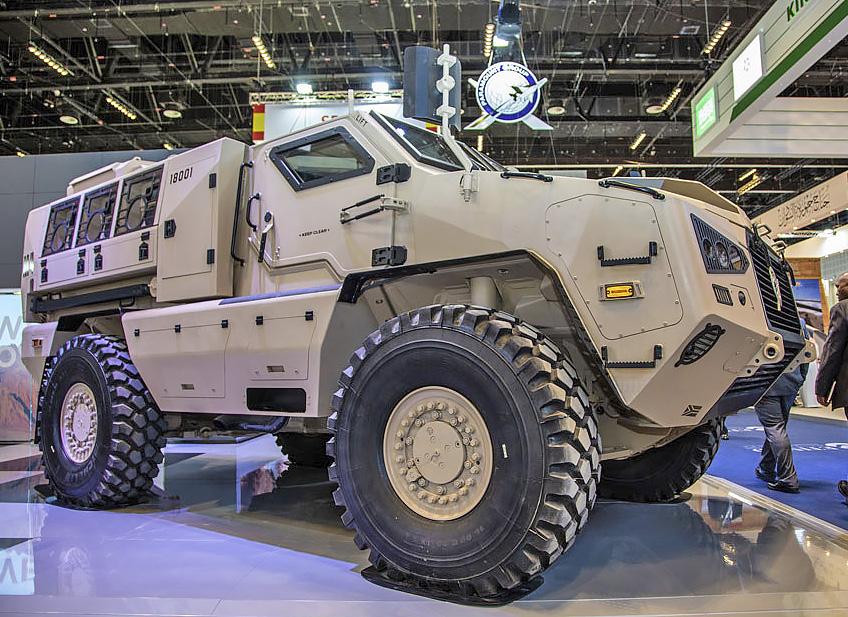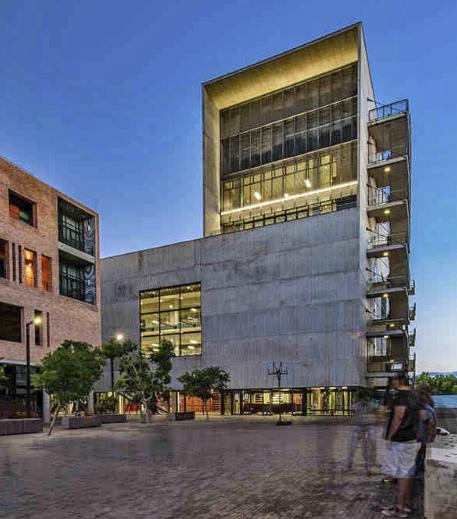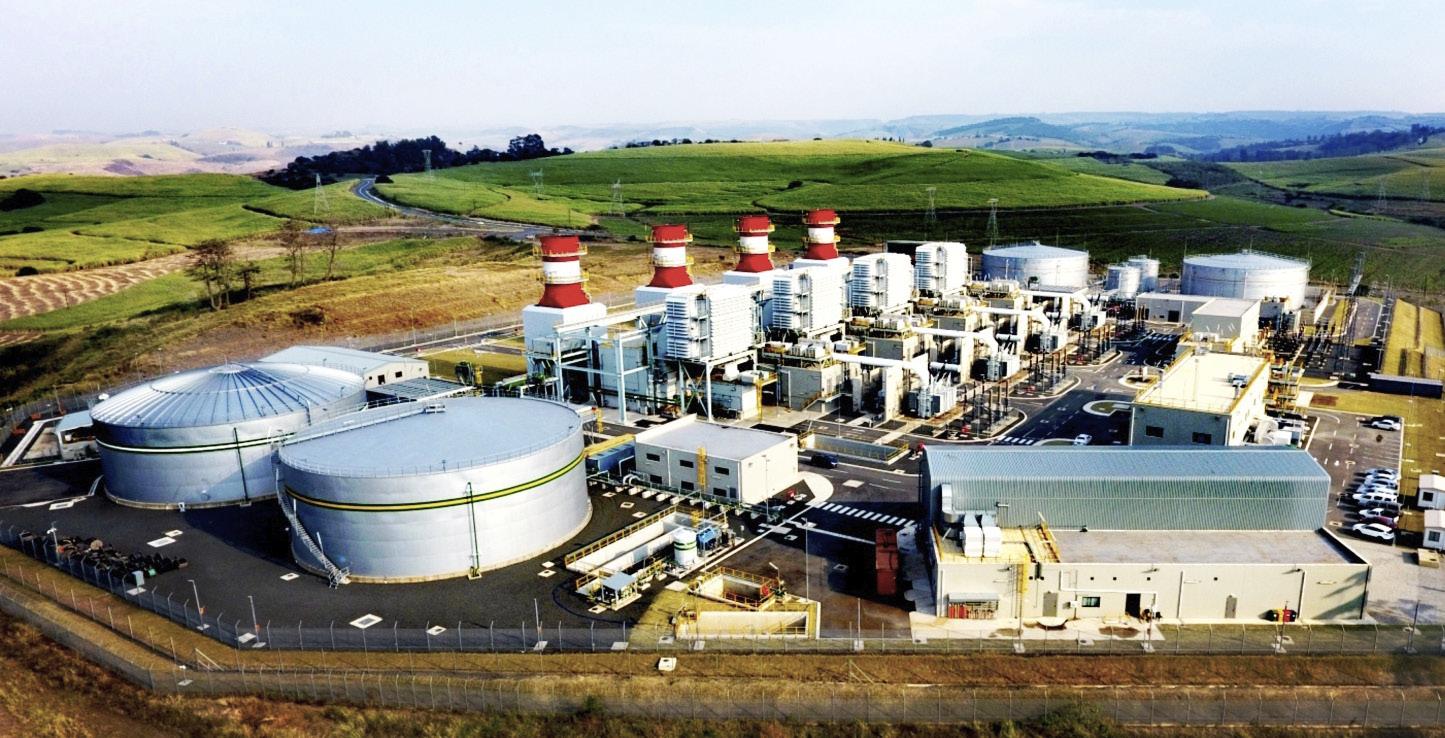
4 minute read
Trade into Africa
SPECIAL FEATURE Trade into Africa
Continental free trade will galvanise African economies.
Advertisement
The signing of the Kigali Declaration in 2018 marks a significant shift in expectations for intra-African trade. Regarded as the first step towards the establishment of a Continental Free Trade Area (AfCTA), the commitment shown by African political leaders shows that the issue is receiving priority status.
The continent’s population of 1.2-billion represents a huge and potentially lucrative market, with the 55 members states of the African Union having a combined gross domestic product (GDP) of $2.5-trillion. However, many African countries have stronger trading ties with countries on other continents that they do with their neighbours.
The reasons for this are long-standing and complex and will require investment in logistics and infrastructure to overcome. But political will is a major component in the equation and the Kigali Declaration shows an intention to make trading among Africans easier.
An AfCFTA Business Forum has been established to allow for private sector engagement with the formulators of policy. This should allow for realistic and workable trade agreements. The United Nations Economic Commission for Africa (ECA) has suggested that by the year 2022, the AfCFTA could lead to an increase in intraAfrican trade by as much as 52%. Fully 30% of South Africa’s exports are to other countries in Africa, but a massive 83% of this volume is into Southern Africa.
This means that the potential for South Africa to grow its exports into other parts of Africa is enormous, if the infrastructural obstacles can be overcome.
The Southern African Development Community (SADC) is a 16-member inter-governmental organisation with its headquarters in Gaborone, Botswana. Other members include South Africa, Lesotho, Malawi, Namibia, Tanzania, Comoros and Mozambique.
SADC is one of several regional organisations on the continent and there have been moves in the past for cooperation between these bodies. For example, a tripartite summit was held between the leaders of the Common Market for Eastern and Southern Africa (COMESA), the East African Community (EAC) and SADC. The AfCFTA may supercede these agreements as it applies to all of Africa.
SADC’s theme of “Promoting Infrastructure Development and Youth Empowerment for Sustainable Development”. This was an extension of the body’s focus on industrialisation, while also putting the focus on infrastructure development, youth empowerment and sustainable development.
The 38th summit of SADC held in Namibia in 2018 approved the creation of the SADC University of Transformation, in the form of a virtual university. This is further intended to support industrialisation through subjects such as technology transfer, innovation, digital and knowledge economy, entrepreneurship, commercialisation and enterprise development. SADC has a Revised Regional Indicative Strategic Development Plan (RISDP) 2015-2020, which deals with industrialisation, regional infrastructure, agriculture and strategy.
Corridor development is an important part of growing intra-African trade. Within the corridors of development, red tape and infrastructure are other key elements.
South African retailer Shoprite spends about R20 000 per week in permits, and long waits at border posts are routine. But the Chirundu one-stop border post in Zambia has reduced transit times by a third. Passenger transport delays have been reduced from three hours to 30 minutes and freight is now cleared in one day instead of three.
A number of corridor projects are in the pipeline or have already been implemented. The Maputo Development Corridor has successfully linked the thriving industrial and business centre of Gauteng Province in South Africa with the Mozambican port city of Maputo. The idea of corridors has been adopted by the Infrastructure Consortium for Africa (ICA), and several corridors have been conceptualised since that decision, for example the Northern Corridor of Central and East Africa.
A corridor strategy relies on infrastructure, with inter-related plans being developed involving the upgrading and standardisation of facilities at ports, railway lines, customs posts and energy projects.
South African rail, ports and pipeline operator Transnet is already very active in African countries north of the South African border and is intending to offer its services more widely.
The Sustainable Development Investment Partnership (SDIP) comprises 30 institutions which aim to see 16 African infrastructure projects (valued at more than $20-billion) carried out. The founders of the SDIP were the World Economic Forum (WEF) and the Organisation for Economic Co-operation and Development (OECD) and other members now include the Bill and Melinda Gates Foundation, the Senegal Strategic Investment Fund (FONSIS), US Agency for International Development (USAID), the Industrial Development Corporation of South Africa (IDC) and the Development Bank of South Africa (DBSA).
The Export Credit Insurance Corporation of South Africa (ECIC) exists to help trade and investment across borders. ECIC can provide insurance for bank loans that are taken by investors and South Africans can get insurance for investments and for small and medium enterprises there is a product available (performance bonds to anyone exporting capital goods and services.
The South African Department of Trade, Industry and Competition plays a key role in terms of promoting trade between South Africa and the rest of Africa, but also supports regional bodies such as SADC and promotes the kind of integration contained in the plans of the New Partnership for Africa’s Development (NEPAD) and the African Union’s Agenda 2063. The dtic’s Africa Export Council (AEC) was inaugurated in 2016 with the goal of promoting South African products and services in Africa.










